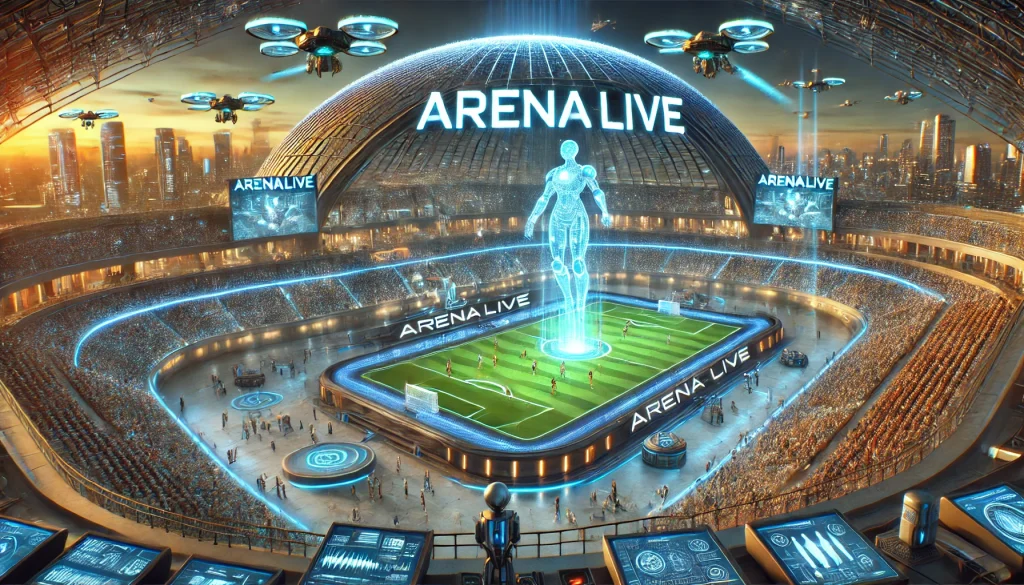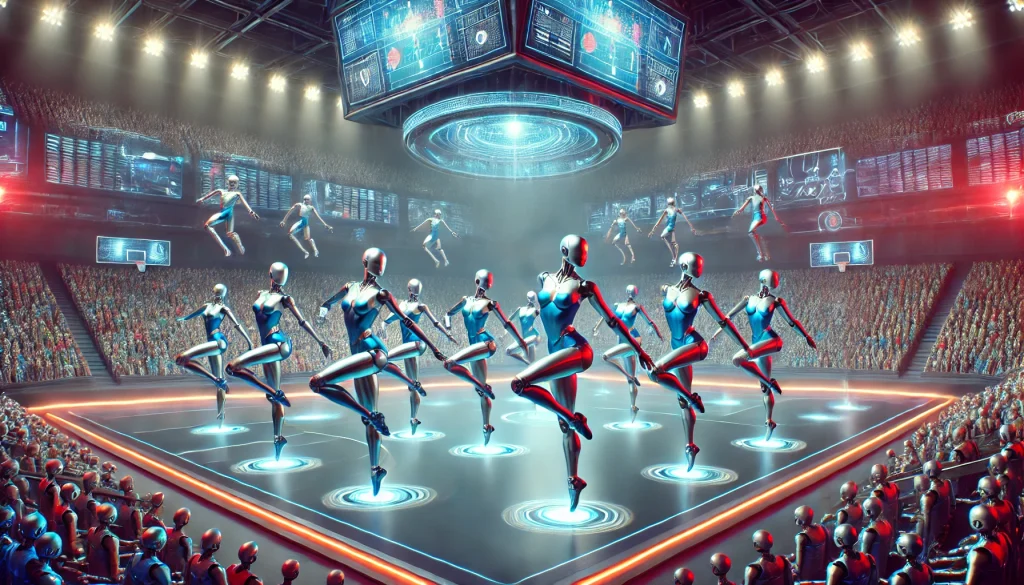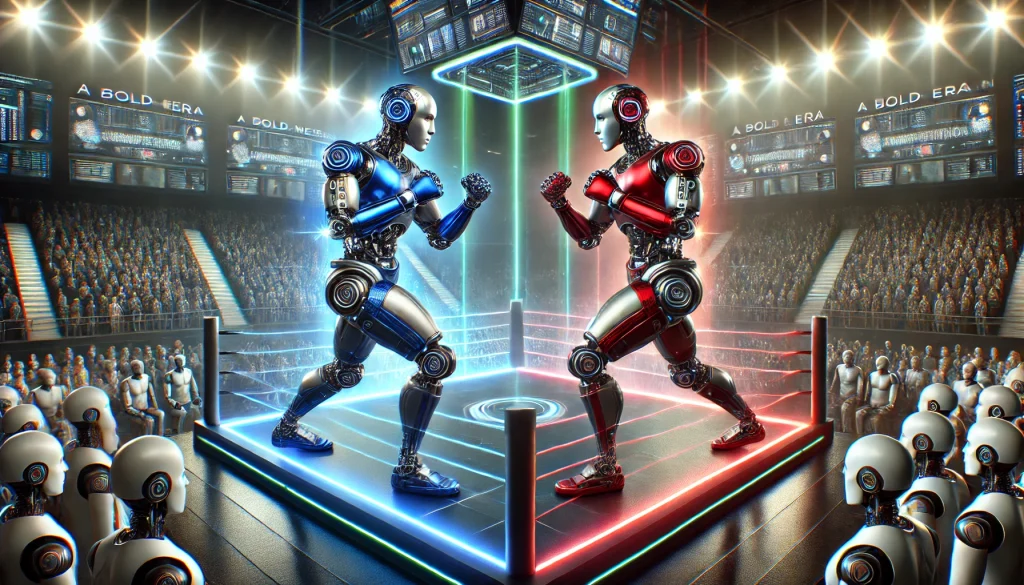As injuries and life-threatening incidents continue to rise in high-impact sports like soccer, American football, and boxing, a bold new era of athletic competition is emerging—one no longer defined by human limits. The next generation of sports belongs to robots.
In the not-so-distant future, competitive sports will shift from human and animal-based contests—and even beyond e-sports—into full-scale robot-versus-robot arenas. Each team will design and build their own squad of athletic machines, engineered within the boundaries of internationally standardized regulations. Height, weight, motor agility, battery capacity, and power output will be tightly regulated. Prior to competition, a panel of expert jurors will inspect each robot to ensure fairness and compliance.
This new sport will grow from the ground up—starting with student-led robotics competitions in local universities, expanding to state and national levels. Once rules are refined and formats tested across various sports—soccer, football, table tennis, tennis, aerobics, boxing, and more—professional leagues will emerge, setting the stage for national and global tournaments.

Enter ArenaLive: an AI-managed mega-arena designed exclusively for these robotic showdowns. Engineered for fairness, spectacle, and efficiency, ArenaLive hosts structured tournaments, narrowing the field from the top 24 teams down to a final championship clash. Facilities include advanced charging stations, maintenance bays, and robot storage zones—ensuring peak performance from start to finish.
With rapid breakthroughs in humanoid robotics and the rise of AI-managed infrastructures, ArenaLive is poised to become the most anticipated sporting experience of tomorrow.

Will crowds pack the stands to witness the rise of robotic athletes? Time will tell. But one thing is certain—the game has changed.

